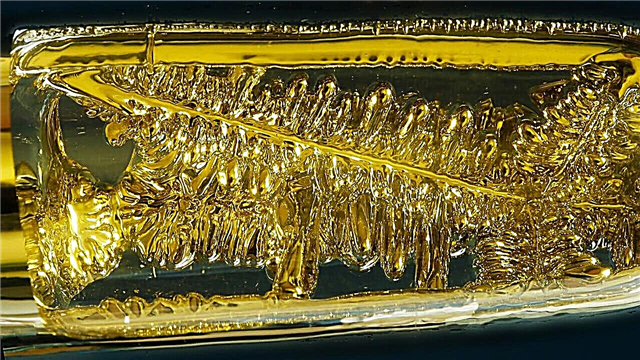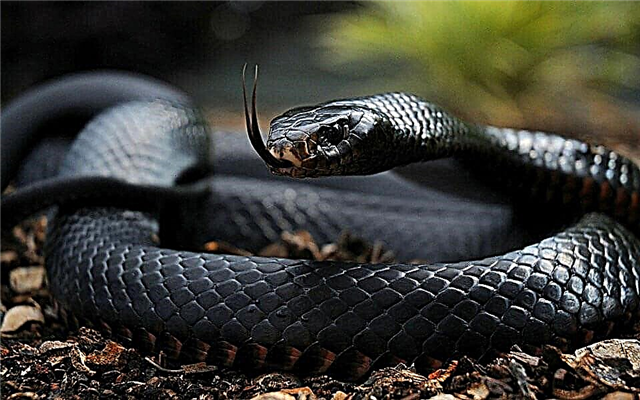Genetically modified foods are considered the achievement of modern science, but their appearance was made possible not only thanks to scientists from well-funded laboratories. Most garden plants known to mankind have already been genetically improved many years ago. Many of our favorite fruits and vegetables are radically different from their wild ancestors. What did these plants look like before? See in our material.
Introducing the top 7 domesticated plants that used to be wild and exist thanks to the genetic engineering of the past.
7. Almonds
 The almonds we eat today are a domesticated version derived from several types of wild almonds. Wild almonds are bitter due to the presence of amygdalin, and upon decomposition this substance forms toxic hydrocyanic acid.
The almonds we eat today are a domesticated version derived from several types of wild almonds. Wild almonds are bitter due to the presence of amygdalin, and upon decomposition this substance forms toxic hydrocyanic acid.
Obviously, people picked and crossed the sweetest varieties of bitter almonds until the nuts became edible. This is a real feat, given that consuming a dozen toxic nuts will kill someone who tests almonds for food.
6. Watermelon
 Modern watermelon is one of the most heavily modified fruits in the history of mankind. The first domesticated varieties appeared south of the Sahara.
Modern watermelon is one of the most heavily modified fruits in the history of mankind. The first domesticated varieties appeared south of the Sahara.
Watermelons found in the wild consisted primarily of seeds and weighed no more than 80 grams. Their modern "descendants" consist of 91.5% of water and weigh from 2 kg or more.
The appetizing red color of the fruit is due to the overproduction of a compound called lycopene. People intentionally cultivate this trait in watermelons. Analysis of the watermelon genome also shows that domestication has reduced its natural resistance to disease.
5. Bananas
 “Wild” bananas are not like their “domesticated” counterparts. They are tiny, inedible, tough, and they have a lot of seeds. But sometimes there are mutant variants without seeds.
“Wild” bananas are not like their “domesticated” counterparts. They are tiny, inedible, tough, and they have a lot of seeds. But sometimes there are mutant variants without seeds.
People had to work with this specific mutation for at least 6,500 years to make a sort of seedless banana.
4. Corn
 Ancient Mexicans began to selectively breed the “queen of the fields” about 10 thousand years ago.
Ancient Mexicans began to selectively breed the “queen of the fields” about 10 thousand years ago.
This plant suddenly and mysteriously appeared in archaeological records; the secrets of its development were only recently unraveled by molecular genetic analysis. The most important change was the suppression of branching stems. As a result, the plant produces fewer ears of corn, but these ears are huge, with long rows of grains.
3. Strawberries
 Sweet and juicy strawberries appeared relatively recently. It was cultivated only in the 1750s.
Sweet and juicy strawberries appeared relatively recently. It was cultivated only in the 1750s.
The mathematician and engineer Amadeus Francois Frezier brought strawberries from Chile to Europe in the 18th century. Freesier transferred some of the plants to the Paris Botanical Garden. They were planted next to Virgin strawberries imported from North America. Garden strawberries (strawberries) were obtained by crossing these two species.
2. Coffee
 Coffee is another participant in the ranking of plants created by man. It is included in the list of human-improved plants because there are so many varieties created exclusively to satisfy our craving for new tastes.
Coffee is another participant in the ranking of plants created by man. It is included in the list of human-improved plants because there are so many varieties created exclusively to satisfy our craving for new tastes.
The first evidence of the use of a coffee drink dates back to the 15th century. They drank it in the Sufi monasteries of Yemen.
Currently, there are about 10 different types of coffee tree. And this is despite the fact that there are different varieties within each species. Moreover, all modern, genetically modified varieties come from the Arabica coffee tree. And it in itself is a hybrid of mysterious origin.
1. Wheat
 Tops the list of the most popular domesticated plants. Its cultivation began at the very beginning of the Neolithic.
Tops the list of the most popular domesticated plants. Its cultivation began at the very beginning of the Neolithic.
An unpleasant feature of wild wheat is that its grains cannot be harvested. Immediately after ripening, they crumble.
Archaeologists have found ancient spikelets of wheat and the data of their analysis indicate that in the period from 10 thousand to 6.5 thousand years ago, the plant was gradually domesticated. The most important achievement of targeted selection is to increase the percentage of grains with a gene that gives resistance to shedding.












